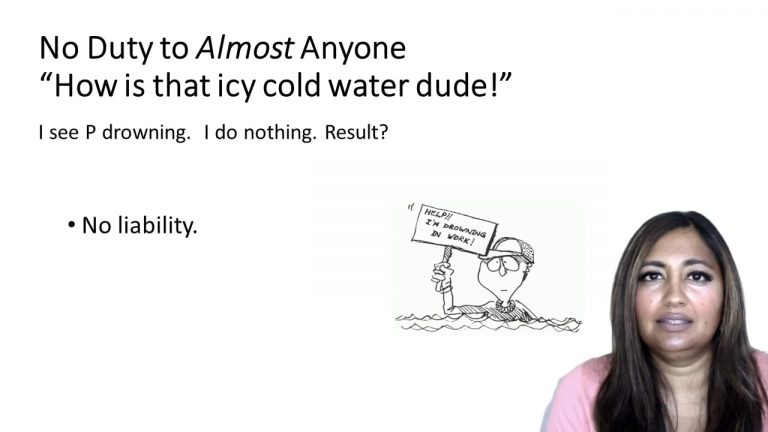SmartBrief
Confirm favorite deletion?
Business Associations Keyed to Bainbridge
Smith v. Van Gorkom
Citation:
488 A.2d 858 (Del.Sup.Ct.1985)Facts
Trans Union was a publicly-traded, diversified holding company. During the period here involved, the Company had a cash flow of hundreds of millions of dollars annually. The Company, however, had difficulty in generating sufficient taxable income. On August 27, 1980, Trans Union CEO Jerome Van Gorkom met with senior management of Trans Union. Donald Romans, Chief Financial Officer of Trans Union, brought up the idea of a leveraged buy-out. At the meeting, Van Gorkom stated that he would be willing to take $55 per share for his own 75,000 shares. He vetoed the suggestion of a buy-out by management. Van Gorkom met with Jay Pritzker, a well-known corporate takeover specialist. Gorkom assembled a proposed per share price for sale of the company but did so without consulting the board or any members of the senior management. Senior management’s reaction to the Pritzker proposal was completely negative. Van Gorkom did not disclose to the board, however, the methodology by which he alone had arrived at the $55 figure.
Only StudyBuddy Pro offers the complete Case Brief Anatomy*
Access the most important case brief elements for optimal case understanding.
*Case Brief Anatomy includes: Brief Prologue, Complete Case Brief, Brief Epilogue
- The Brief Prologue provides necessary case brief introductory information and includes:
Topic:
Identifies the topic of law and where this case fits within your course outline.Parties:
Identifies the cast of characters involved in the case.Procedural Posture & History:
Shares the case history with how lower courts have ruled on the matter.Case Key Terms, Acts, Doctrines, etc.:
A case specific Legal Term Dictionary.Case Doctrines, Acts, Statutes, Amendments and Treatises:
Identifies and Defines Legal Authority used in this case.
- The Case Brief is the complete case summarized and authored in the traditional Law School I.R.A.C. format. The Pro case brief includes:
Brief Facts:
A Synopsis of the Facts of the case.Rule of Law:
Identifies the Legal Principle the Court used in deciding the case.Facts:
What are the factual circumstances that gave rise to the civil or criminal case? What is the relationship of the Parties that are involved in the case.Issue(s):
Lists the Questions of Law that are raised by the Facts of the case.Holding:
Shares the Court's answer to the legal questions raised in the issue.Concurring / Dissenting Opinions:
Includes valuable concurring or dissenting opinions and their key points.Reasoning and Analysis:
Identifies the chain of argument(s) which led the judges to rule as they did.
- The Brief Prologue closes the case brief with important forward-looking discussion and includes:
Policy:
Identifies the Policy if any that has been established by the case.Court Direction:
Shares where the Court went from here for this case.
Topic Resources
Topic Outline
Topic Refresher Course
Topic Charts & Notes

 17m 8s
17m 8s